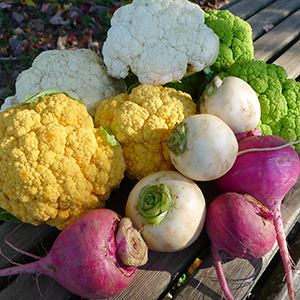
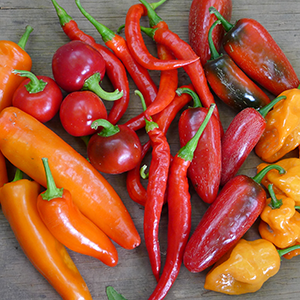
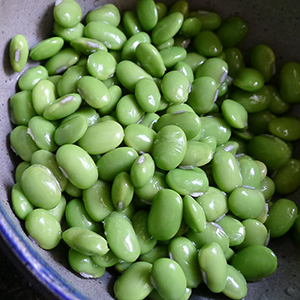

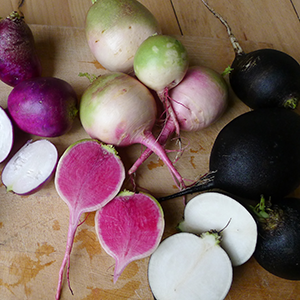
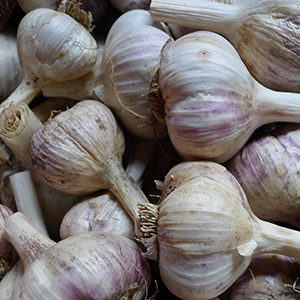
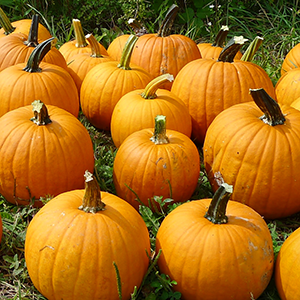



Notes From The Field | April 2, 2024
Moist Beginnings
by Farmer Derek
Moist Beginnings
by Farmer Derek

Spreading compost during a window of dry weather in March.
During mid-March's most-pleasant, uber-necessary, where-would-we-be-without-you dry period, fields were prepared for crops that will need bed space in April, May, and even early June. I've learned over the years that it's better to have more planting space available than not enough. Perhaps because I've experienced cool, wet springs in heavy Bucks County clay-rich soil before. We craft a crop rotation over the winter months in order to ensure crops don't visit the same soil for a minimum of three years to thwart pest and disease pressures as well as manage nutrient uptake. Besides space, time is factored in, because certain fields are predictably more manageable in the spring (when it's normally cooler and moister and prep time is shorter). But then once we're out and about on the tractor we find that this field has a lot of overwintered cover crop oats that were supposed to die back in cold weather and that field has a lot of chickweed that's impossible to kill. So we have to make adjustments on the fly, especially when there's only one day to finalize more than 3000' of beds and the soil is just barely dry enough in the best of fields. It's advantageous to have as many options as possible, just in case, this time of year.

Opening fields with the chisel plow to help them warm up and dry out.
From my perspective as chief tractor operator and planting space specialist, April and May are the most challenging months of the growing season. It probably has to due with the aforementioned vagaries of winter/spring transition, being short on daylength, cooler, lower sun angle, etc, but also because SO MUCH gets planted by June 1st it's pretty astounding. If we grow crops on 15 acres in a season where we plant outside from April 1st through September 15th, I want to say that 10 acres are planted by June 1st, during the time of the most fickle weather. We have adapted and adjusted and modified our methods over the years to better deal with the crux of springtime planting.

Swollen waterways have been a common theme over the past month.
After a lot of research, observation, and experimentation a decade or so ago, we upgraded machinery to be able to open more ground more quickly, allowing it to warm up and dry out (bigger tractor, bigger chisel plow, disk bedder to make higher raised beds). These methods also tend to preserve soil structure and maintain organic matter content (a blessing and a curse). To make these passes with the tractor we need relatively dry ground because we don't want to compact the soil with the weight of the machinery (inhibits root growth). We have found that even in the worst of times, like this March, we've been able to get through these steps before wet soil returns. When beds are at least primary shaped with the disk bedder we can get out there and finalize them with our finishing shaper when needed, even in substandard conditions since moisture settles out of the raised beds in a more timely manner, and we're not driving on the soil there or putting weight on the ground where plants will call home.

Required acknowledgement of last year's garlic cloves springing to life as they transition to this year's bulbs.

